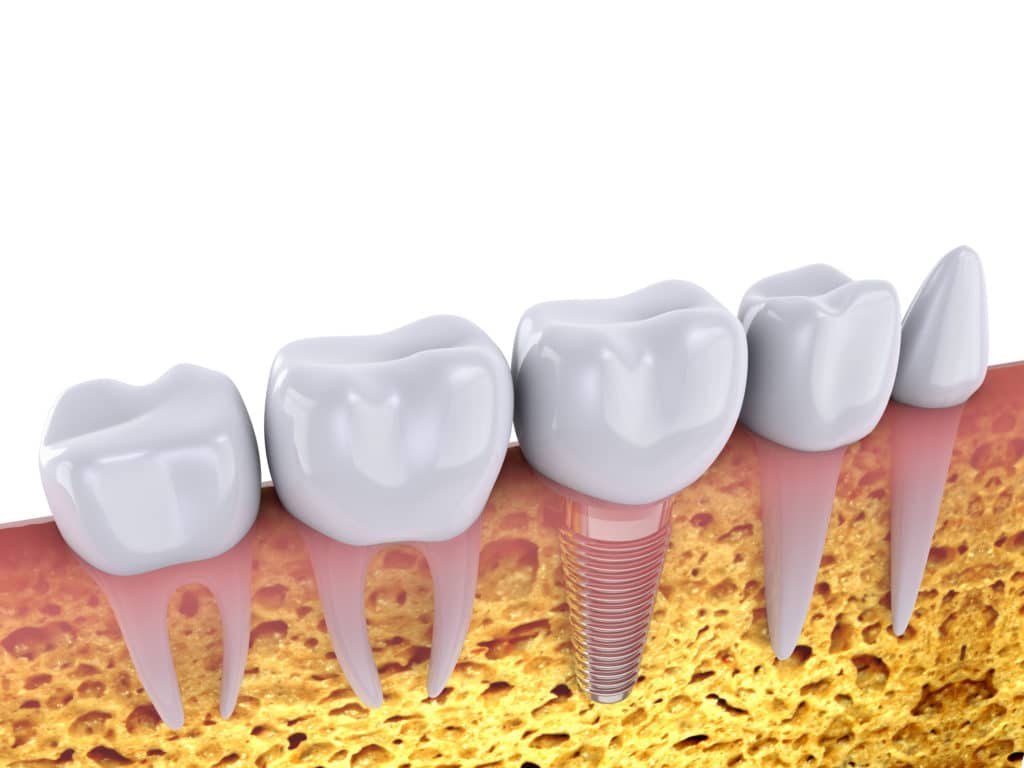
Practicality is important when searching for a dentist. In addition to searching for a “dentist near me”, consider the hours of operation and accepted insurance providers. But before settling on any dentist in proximity to your home or work, make sure the dentist you choose is great.
What does it take to be a great dentist? Well, it’s a combination of things like training, experience, staff, office environment, and technology. Continue reading to learn exactly what to look for to find the best dentist for you.
Training
Once schooling is complete, dentists are required to complete training hours every year. Some dentists put this training to good use by becoming members and fellows of different organizations.
Dr. Ragsdale completed separate preceptorships, similar to an internship, for Periodontal Surgery and Dental Implantology. She has also attained fellow status from the World Clinic Laser Institute, studied aesthetics at Las Vegas Institute for Advanced Dental Studies, and completed advanced training in sedation dentistry, laser dentistry, and full reconstructive and rehabilitative dentistry.
Experience
It’s easier to trust a dentist with a lot of experience. Dentists need plenty of schooling and training, but nothing competes with hands-on practice. This doesn’t mean you need a dentist who has been practicing for 30 years—they get plenty of hands-on experience in school! Just make sure the dentist has experience in the treatments you need. You can read Dr. Ragsdale’s bio here.
Dental Team
The old adage, “you can tell a tree by its fruit” is popular because it’s true! Just like a football coach is responsible for his team, so is a dentist. The dental team members are a reflection of the dentist’s values.
From the moment a patient walks in the door, it’s the dental team’s responsibility to make him feel welcome and relaxed. Patients should expect to be treated with respect and patience, and the dental hygienists should be kind, knowledgeable, and gentle during treatment.
If you don’t walk away from the dental appointment feeling happier than when you walked in, consider trying out other dentists in your area.
Office Environment
Make going to the dentist a treat by finding one who prioritizes patient comfort.
You can recognize these dentists because they will provide comfort items such as blankets, pillows, aroma and sound therapy, TVs, and headphones to help them feel at ease during their appointment.
At Austin Laser Dentist, we have these items as well as private operatories for each patient so you can relax in your own space.
Technology
Not every dentist keeps up with the latest advancements in technology, but a great dentist provides patients with the most conservative treatments through innovative technology. For example, our dentist uses hard and soft tissue dental lasers for restorative and cosmetic procedures. This incredible technology keeps your smile healthy and beautiful without the pain and discomfort of antiquated equipment.
Find A Great Dentist Near You Today
Don’t settle for just any dentist, take the time to find a great one. When you find a dentist with these five qualities, we guarantee your satisfaction!
If you live in the Austin, TX area, contact our dental team today at (512) 346-4690 to schedule an initial consultation.




